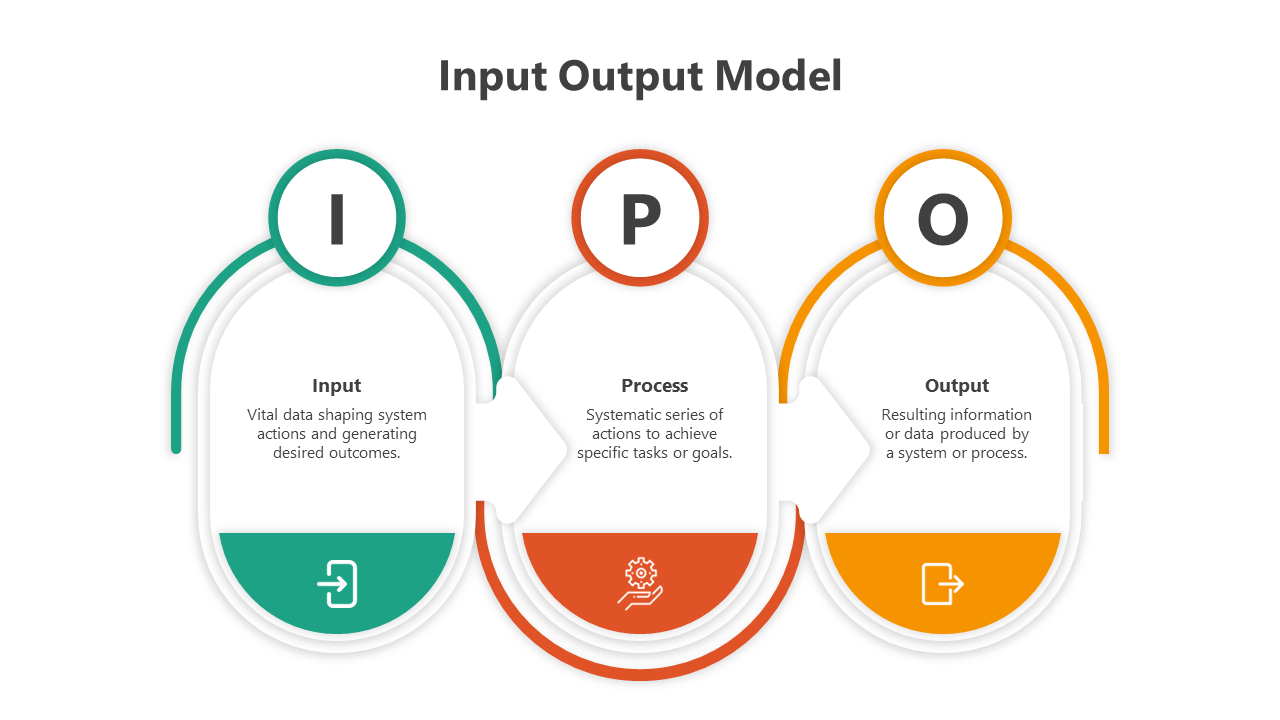Beyond the Tech Halo: Reconstructing the Cognition of AI Applications
The power of AI can easily lead people into the cognitive trap of technological supremacy, believing that all problems can be solved by AI.
However, the effective AI application requires us to shift this cognitive framework from focusing on the technology itself to focusing on the essence of the problem and the best way to solve it.
This means that decision-makers need to cultivate a more prudent and critical thinking mode, avoiding blindly following technological trends and instead evaluating the value of AI based on actual needs and feasibility.
Here are 4 key considerations1:
Inputs & Outputs
Understand what information the user provides (input) and what result they expect from your product (output).
Combinations of Inputs & Outputs
Consider how many different input-output pairings are needed. More variations often suggest a stronger need for ML.
Patterns in Inputs & Outputs
Determine if there are predictable patterns in the data. These patterns can help you choose the most efficient type of ML model, or even if simpler rule-based systems suffice.
Cost & Precision
Evaluate the financial implications of using AI and the required accuracy of the output. Sometimes, the cost of AI or its potential for errors might outweigh the benefits.
Example: Imagine a customer wants a system to categorize customer feedback comments.
Inputs & Outputs
The input is the customer's written comment. The desired output is a category label (e.g., "bug report," "feature request," "general feedback").
Combinations of Inputs & Outputs
There can be a wide variety of customer comments (different inputs) that need to be classified into a limited set of categories (outputs).
Patterns in Inputs & Outputs
By analyzing past feedback, we might find patterns in keywords and phrases associated with each category. This suggests that a supervised ML model could be trained to learn these patterns.
Cost & Precision
Using a LLM for this task might be overkill and expensive. A simpler, supervised classification model could be more cost-effective and provide the necessary level of precision for categorization.
Given Sharanya Rao's framework, I personally believe the most fundamental aspect is understanding the expected output patterns and characteristics the user anticipates.
Essentially, the user is transacting with the company based on the degree and reliability with which these are achieved.
Customer needs are the driving force
Viewing AI applications as an ecosystem helps us more comprehensively understand their complexity.
Customer needs are the driving force, technological capabilities are the means of realization, cost and precision are important constraints, and organizational processes determine how AI is integrated and utilized.
The emergence of generative AI has altered the balance between certain elements within this ecosystem. Therefore, we need to employ systems thinking to understand the interactions and dynamic changes between these dimensions, avoiding a focus solely on the technical level and instead seeking AI application strategies that achieve overall optimization from a holistic perspective.
This means that companies need to carefully evaluate the potential value and risks of different AI technologies and application scenarios, avoiding blindly following trends and instead choosing the path that can bring sustainable competitive advantages based on their own strategic goals and resource endowments.
https://venturebeat.com/ai/not-everything-needs-an-llm-a-framework-for-evaluating-when-ai-makes-sense/



